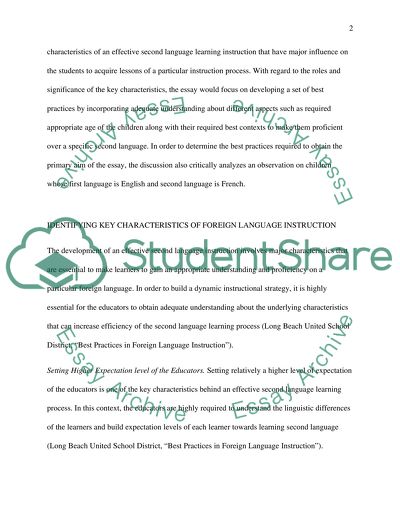Cite this document
(“Second Language Teaching For Children Through Form Focused Instruction Essay”, n.d.)
Retrieved from https://studentshare.org/education/1660149-second-language-teaching-for-children-through-form-focused-instruction
Retrieved from https://studentshare.org/education/1660149-second-language-teaching-for-children-through-form-focused-instruction
(Second Language Teaching For Children Through Form Focused Instruction Essay)
https://studentshare.org/education/1660149-second-language-teaching-for-children-through-form-focused-instruction.
https://studentshare.org/education/1660149-second-language-teaching-for-children-through-form-focused-instruction.
“Second Language Teaching For Children Through Form Focused Instruction Essay”, n.d. https://studentshare.org/education/1660149-second-language-teaching-for-children-through-form-focused-instruction.


